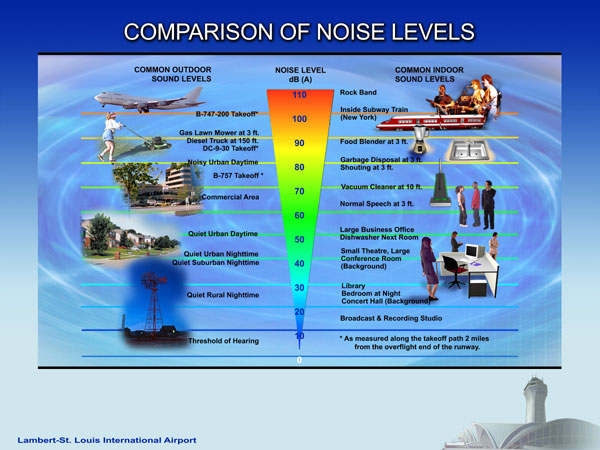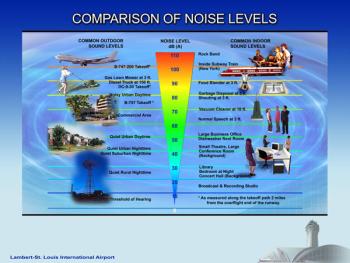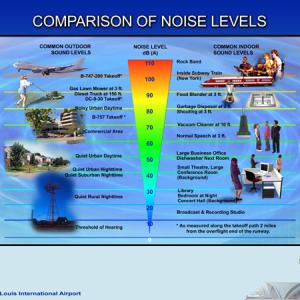Camden to beef up noise regulations, if voters approve
CAMDEN — One man’s favorite song may sound like nails on the chalkboard to another man, and that’s how disputes over noise — or, “unwanted sounds” — levels often begin in small towns. Or, a neighbor decides to run a chain saw through the night, host a boisterous party, or just engage in a loud conversation. Most of the time, a neighborly exchange takes care of the matter, but sometimes conflict escalates.
Come Nov. 8, Camden residents may be asked at the polls to strengthen rules that govern noise limits. If so, prepare for police and citizens to be using phone apps to measure decibels from down the road, or next door.
At issue is the measure of noise and how long it persists. Currently, Camden police respond to noise complaints and classify them as “nuisance” calls. Those are the type of complaints that law enforcement considers as disturbing the peace, and in Camden, nuisance calls comprise approximately 1 percent of the total annual call volume.
When Camden police respond to noise complaints, they follow the rules outlined in the town’s police ordinance. Those rules say that the playing of music, machines or devices that produce sound “in such a manner as to unreasonably annoy or disturb the peace, quiet, comfort or repose of any other person located more than 50 feet from the source of that sound” shall be prohibited between 11 p.m. and 7 a.m.
But over the past several years, the number of calls to police complaining about noise and loud music from downtown bars increased, and in 2015 the Camden Planning Board was asked to evaluate the need for a separate town ordinance governing noise, such as what Belfast, Castine and Rockport have. (See attached PDF for Maine towns that have noise ordinances).
That year, Camden residents John Scholz and Dennis McGuirk drafted a six-page proposed noise ordinance.
“In the end this draft did not receive a majority vote for a recommendation to pass forward to the Select Board,” said Scholz. “However, I did present it to the board as some members wished to see the results of our year-long study.”
Then, Scholz and McGuirk then began meeting with Camden Police Chief Randy Gagne to take a different approach, and ultimately produced a one-paragraph amendment to the existing police ordinance. It says:
“Unacceptable Noise Levels: Any sound level exceeding 65 dBA when measured at the property line and persisting for five minutes or more after 11 p.m. is considered unacceptable unless a permit has been obtained in advance for a specific event.”
On Tuesday, Sept. 6, the Camden Select Board talked at length about the proposed amendment language, and voted 4 to 1 to move it forward to the Nov. 8 warrant. A public hearing on the amendment will be scheduled.
The addition of the decibel level and duration is key to enforcement, given that police will be operating under less subjective interpretations of the definition of noise.
“There’s no o question that this would work,” said Scholz, speaking the board. “The question is: does it go far enough?”
Decibels are, according to reference.com: “a unit of sound level measurement. Decibels are measured on a logarithmic scale of loudness because human ears detect changes in volume in a non-linear fashion. A difference of 1 decibel is the minimum change in volume. Three decibels difference is a moderate change in volume. A change of 10 decibels is perceived by the listener to be a doubling of volume.”
The proposed amendment further refines the reference to noise by citing dBA not dB.
According to noisehelp.com: “Most noise levels are given in dBA, which are decibels adjusted to reflect the ear's response to different frequencies of sound. Sudden, brief impulse sounds, like many of those shown at 120 dB or greater, are often given in dB (no adjustment).”
Normal conversations are measured at 60 to 65 dB; an airplane taking off, at 100 dB; and a rock concert, 120 dB.
“There are 85 dB near some of our commercial facilities that are open at night,” said Scholz. “It only takes 45 dB to disturb sleep.”
He noted that there areas in Camden where commercial and public venues are adjacent to residential neighborhoods.
“This is a reasonable start, a huge improvement and gives residents some protection,” he said. “There is an app on the phone, and you can make a measurement.”
“In the past, people have made complaints and gave up making complaints,” said McGuirk. “This is to have an objective standard in place. It is a good start.”
Reach Editorial Director Lynda Clancy at lyndaclancy@penbaypilot.com; 207-706-6657
Event Date
Address
United States





























